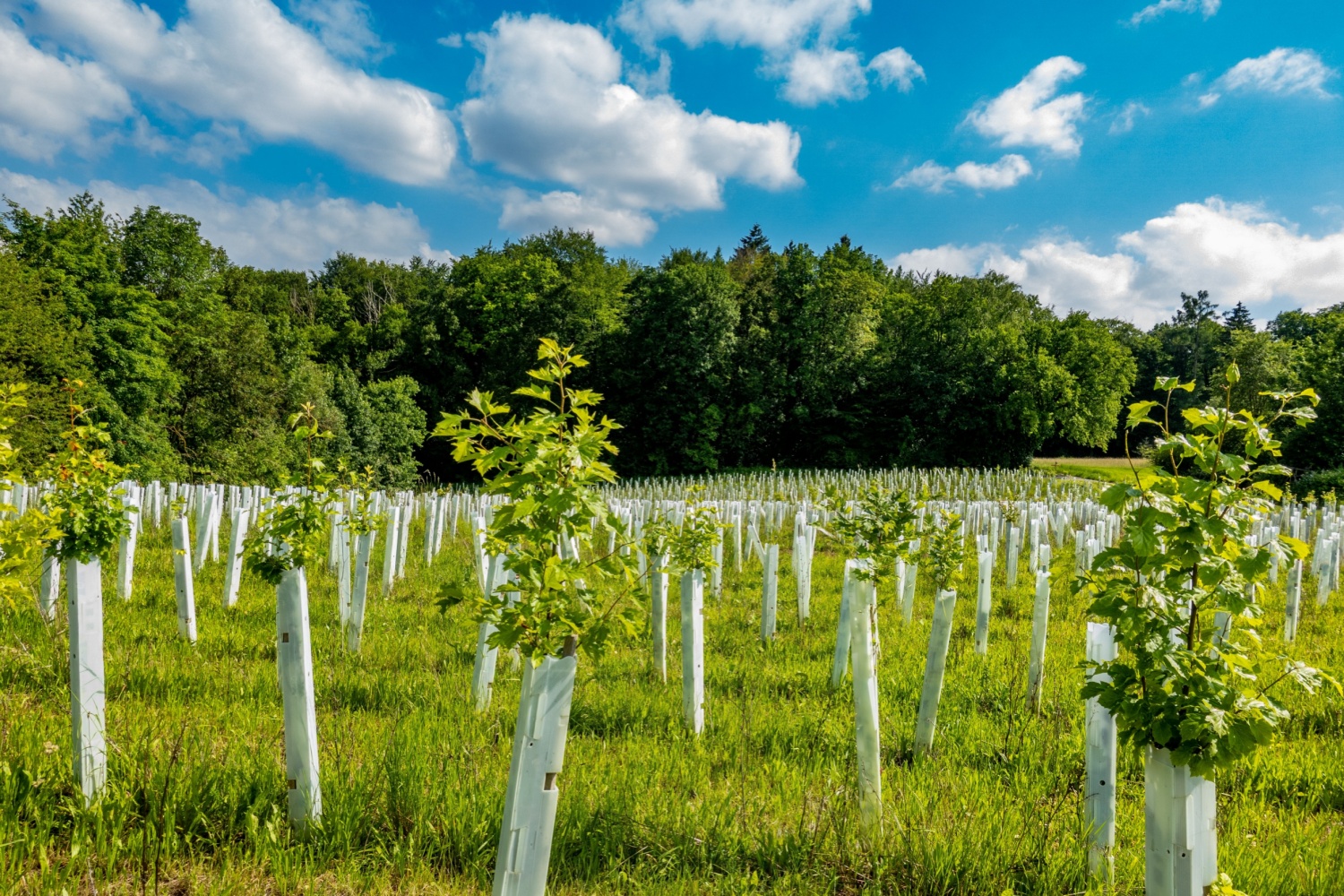2025 marks the 40th anniversary of what many consider the Agriculture Department’s flagship conservation program.
The person perhaps most connected to the creation of the Conservation Reserve Program in 1985 is former Agriculture Secretary John Block. He shared some of his thoughts on CRP a decade ago during the program’s 30th anniversary. The Reagan administration cabinet member recalls:
“In order to have farm program support, you’d have to take out 10 or 15% of your ground, and some of it was really good ground. So, my deal — well, if we’re going to set something aside, let’s do something that can protect the soil and get some of this fragile land out of production.”
So, after some debate, Secretary Block managed to include CRP as part of the 1985 Farm Bill.
Considering how the program has grown in scope and wide-ranging support over four decades, one might think CRP is perhaps John Block’s legacy as secretary of agriculture. He says, though, it’s just one example of what he tried to do while in office:
“I consider my legacy is working hard to reform farm programs, and that was part of the reform, but we also got rid of setting this land aside — the good land.”
Some of that approach comes from Block’s experience as a farmer, with several decades of operating his Illinois farm and enrolling his farmland into CRP.
“We’ve had CRP land on our farms, and a lot of our farms are not erosive, but we have got some fields that might be pretty flat for the most part, but then there’s a river or a stream down at the bottom, and it’s rough down in there. Instead of trying to farm that — which you get a lot of erosion — we put it in CRP.”
The fact that CRP has grown into more than just a soil conservation tool over its 40 years is, in John Block’s words:
“It’s blossomed into more than I ever really anticipated.”
In part, that’s because of its growing popularity with outdoor recreationalists — from outdoor sports participants to those hiking along stream banks protected by CRP land. There is the variety of cover crops planted on CRP land, some with potential as energy feedstock, much of it part of wildlife habitat.
“There’s insistence that you’ve got to have the right kind of crops or foliage growing there, and legumes, so that all of the butterflies and bugs and everything around the habitat — it just turned into more than I ever imagined.”


